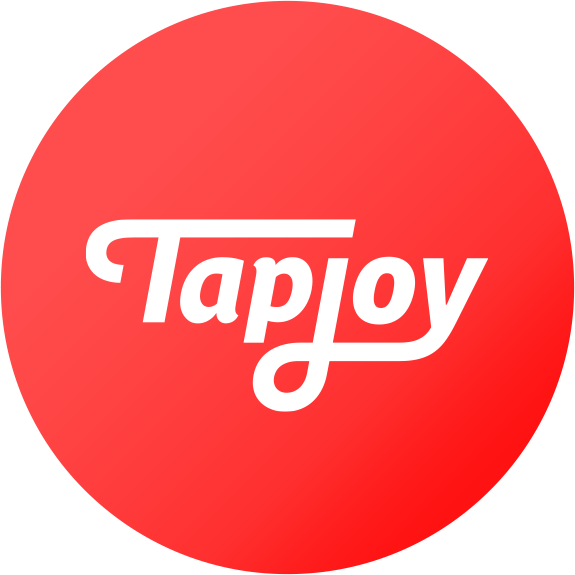Tapjoy Launches Interplay Studio, Designs Custom-Branded Mobile App Gaming Ads
Tapjoy will announce Monday the launch of Interplay Studio, an in-house creative and design team dedicated to helping brands, agencies and performance marketers create and optimize mobile ads for apps.
The studio draws on Tapjoy’s expertise in mobile gaming and advertising to develop custom-branded and contextually relevant rich media ads, playables and interactive end cards for mobile video ads. The group will start out with a team of about 10, video producers and product specialists to support the creative development.

Reporting also can give advertisers highly detailed data on how much time the player spends with the app, how deep the level of engagement is, and their click-through rate to the website.
Steve Wadsworth, Tapjoy chief executive officer, said the creative team can use Tapjoy’s technology built for performance advertisers and add creative options. “We’re investing in the team and data science to advance the products,” he said.
The 2017 Internet Trends report from Kleiner Perkins found ads that reward the player with access to premium content or in-app goods and currency in exchange for their attention are preferred by consumers who play them, with more than three times the traditional pre-roll — 68% to 32%, respectively.
Tapjoy’s June, 2017 Modern Mobile Gamer report found similar results. In a survey of more than 2,600 digital consumers, opt-in, rewarded ads were preferred by nearly 80% of consumers, versus 21% for traditional pre-roll video.
To test the concept, Tapjoy worked with 20th Century Fox and their media agency Vizeum to drive mobile ad engagement for the movie “Ferdinand.” Interplay Studio developed an in-app mobile campaign aimed at driving audience engagement and ticket sales among moviegoing parents with young kids.
The studio designed three custom versions of Tapjoy’s Interactive End Card and Playable Rich Media ad units to appear at the end of the movie’s video trailer. The ad units featured interactive mini-games such as a “Mix & Match” memory card game, a “Bull in a China Shop” fall-and-catch game, and an “Escape” maze game. Overall, the team designed 220 creative pieces to provide a local experience for 16 different countries.
The average video completion rate for all three campaigns was 97%, while the average time spent with the Interactive End Cards and Playable Rich Media ads units was an additional 30 seconds after the user viewed the 30-second trailer, equaling about a minute of total in-ad engagement time.
“This concept really hasn’t caught on in the console space,” Wadsworth said — but Tapjoy may have found the ingredients to make a creative mobile in-app ad studio work. Microsoft acquired Massive in May 2006, to develop custom in-game ads for consoles, rather than mobile apps, but failed. Perhaps it was too early for such as endeavor because Microsoft closed Massive in 2010.
MediaPost.com: Search Marketing Daily
(44)